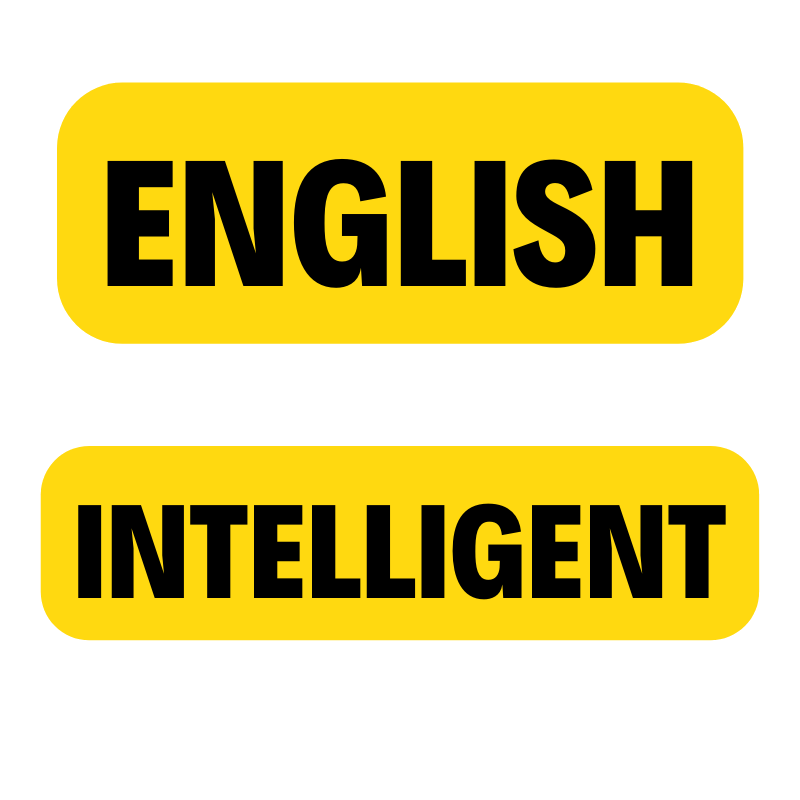‘Therefore’ is a conjunctive adverb that is used to indicate a logical conclusion or consequence. It is often used to connect two independent clauses, and it can be placed in the middle of a sentence to emphasize the relationship between these clauses.
To use ‘therefore’ correctly in the middle of a sentence, it is crucial to punctuate it properly. There should be a comma before and after ‘therefore’ when used as an interrupter in the middle of a sentence.
This emphasizes the inclusion of the word while also showing that it is additional information. The sentence would make sense even without ‘therefore’ in it. For example:
- “I haven’t eaten all day, therefore, I am extremely hungry.”
In this example, the comma before and after ‘therefore’ indicates that it is an interrupter, and emphasizes the logical conclusion that the speaker is extremely hungry.
When combining two independent clauses into a single sentence using ‘therefore’, remember to use a semicolon before ‘therefore’ and a comma afterward. This helps to emphasize the relationship between the two clauses and the logical conclusion that follows. For example:
- “I haven’t eaten all day; therefore, I am extremely hungry.”
In this example, the semicolon before ‘therefore’ indicates that the two clauses are closely related, and the comma afterward emphasizes the logical conclusion that follows.
What is the Meaning of Therefore?
If you’re wondering what “therefore” means, it’s a conjunction used to connect two clauses. The first clause is always in the form of “because” + noun or pronoun + verb, and the second clause is the result of the first clause. In other words, “therefore” means “as a result.”
For example, if you say “I didn’t get a good night’s sleep, therefore I’m feeling tired today,” you’re saying that your lack of sleep is the cause of your tiredness.
“Therefore” is often used in academic writing to show the relationship between two ideas. It’s a useful way to connect your thoughts and make your writing more coherent.
Remember, “therefore” should only be used when there is a clear cause-and-effect relationship between the two clauses. If there isn’t a clear connection, it’s better to use a different conjunction, such as “and” or “but.”
Guidelines on How Use ‘Therefore’ in the Middle of a Sentence
When using ‘therefore’ in the middle of a sentence, there are a few rules that you should follow to ensure that your writing is clear and effective. Here are some guidelines to keep in mind:
Use a Comma Before and After ‘Therefore’
When using ‘therefore’ in the middle of a sentence, it should be set off by commas on either side. This helps to separate it from the rest of the sentence and make it clear that it is an interrupter. For example:
- “I didn’t have time to study for the exam, therefore, I didn’t do very well.”
Use ‘Therefore’ to Show Cause and Effect
‘Therefore’ is used to show the cause-and-effect relationship between two ideas. It should be used when the second idea is a result of the first idea. For example:
- “I didn’t get enough sleep last night, therefore, I am feeling tired today.”
Use ‘Therefore’ Sparingly
While ‘therefore’ can be a useful tool for connecting ideas in your writing, it should be used sparingly. Overusing ‘therefore’ can make your writing sound repetitive and dull. Instead, try to vary your sentence structure and use other transitional words and phrases.
Use ‘Therefore’ Appropriately in Formal Writing
In formal writing, it’s important to use ‘therefore’ appropriately. It should be used to connect ideas in a clear and concise manner, and it should be used in moderation. Avoid using ‘therefore’ excessively or inappropriately, as this can make your writing sound unprofessional.
By following these rules, you can use ‘therefore’ effectively in the middle of a sentence and improve the clarity and effectiveness of your writing.
Examples of Using ‘Therefore’ in the Middle of a Sentence
Here are a few examples of how to use ‘therefore’ in the middle of a sentence:
- Example 1: “I didn’t study for the exam; therefore, I didn’t do well.” In this example, ‘therefore’ is used to indicate the cause-and-effect relationship between not studying and not doing well on the exam. The semicolon before ‘therefore’ separates two independent clauses, while the comma after ‘therefore’ signals the continuation of the sentence.
- Example 2: “The company’s profits have been declining; therefore, we need to cut costs.” In this example, ‘therefore’ is used to introduce a conclusion based on the preceding statement. The semicolon before ‘therefore’ separates two independent clauses, while the comma after ‘therefore’ signals the continuation of the sentence.
- Example 3: “She forgot her phone at home; therefore, she couldn’t call for help.” In this example, ‘therefore’ is used to indicate the reason for the inability to call for help. The semicolon before ‘therefore’ separates two independent clauses, while the comma after ‘therefore’ signals the continuation of the sentence.
When using ‘therefore’ in the middle of a sentence, it is important to remember to use proper punctuation to ensure clarity and coherence. The semicolon before ‘therefore’ separates two independent clauses, while the comma after ‘therefore’ signals the continuation of the sentence.
By using ‘therefore’ properly, you can convey the cause-and-effect relationship between two statements or introduce a conclusion based on the preceding statement.

Leave a Reply